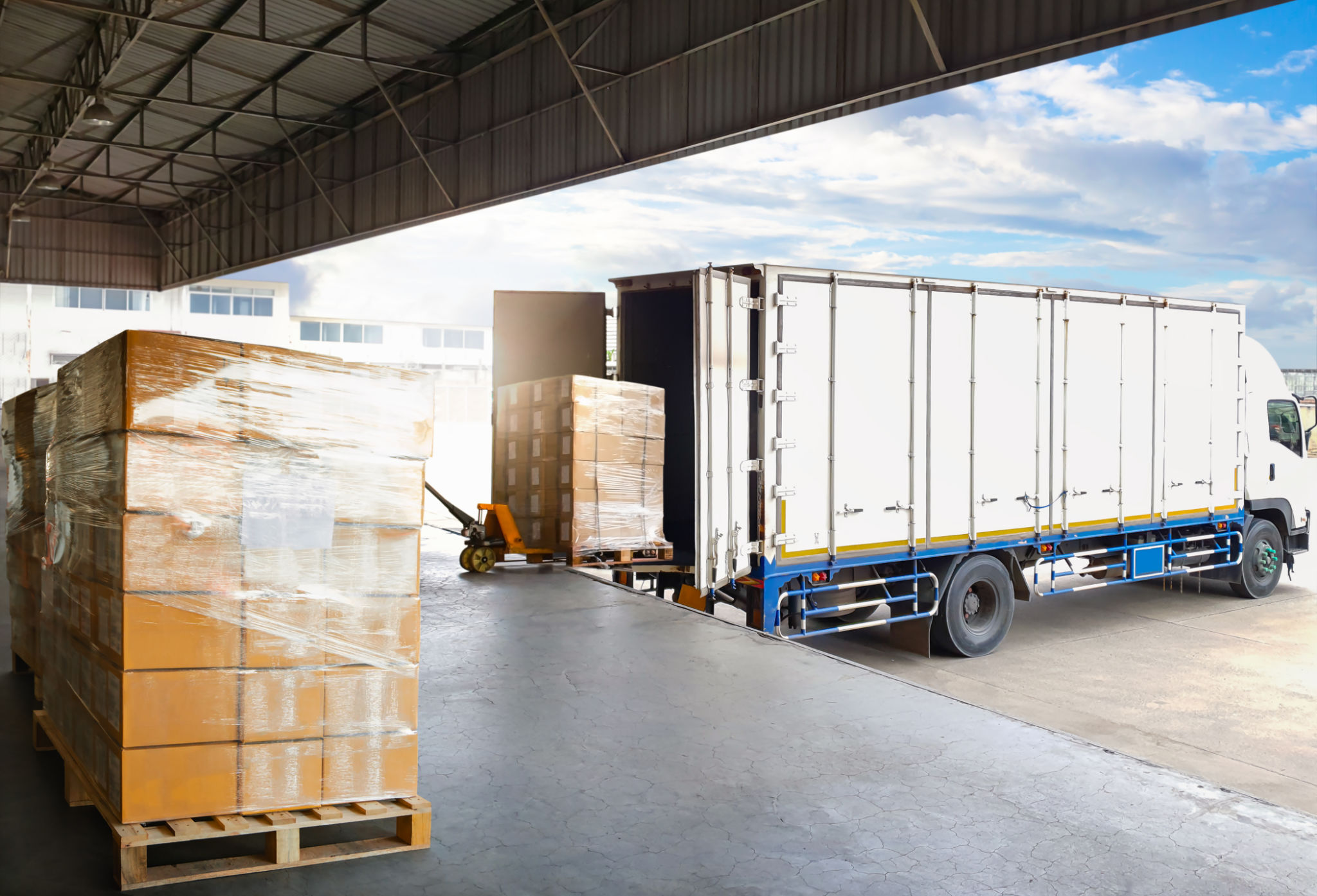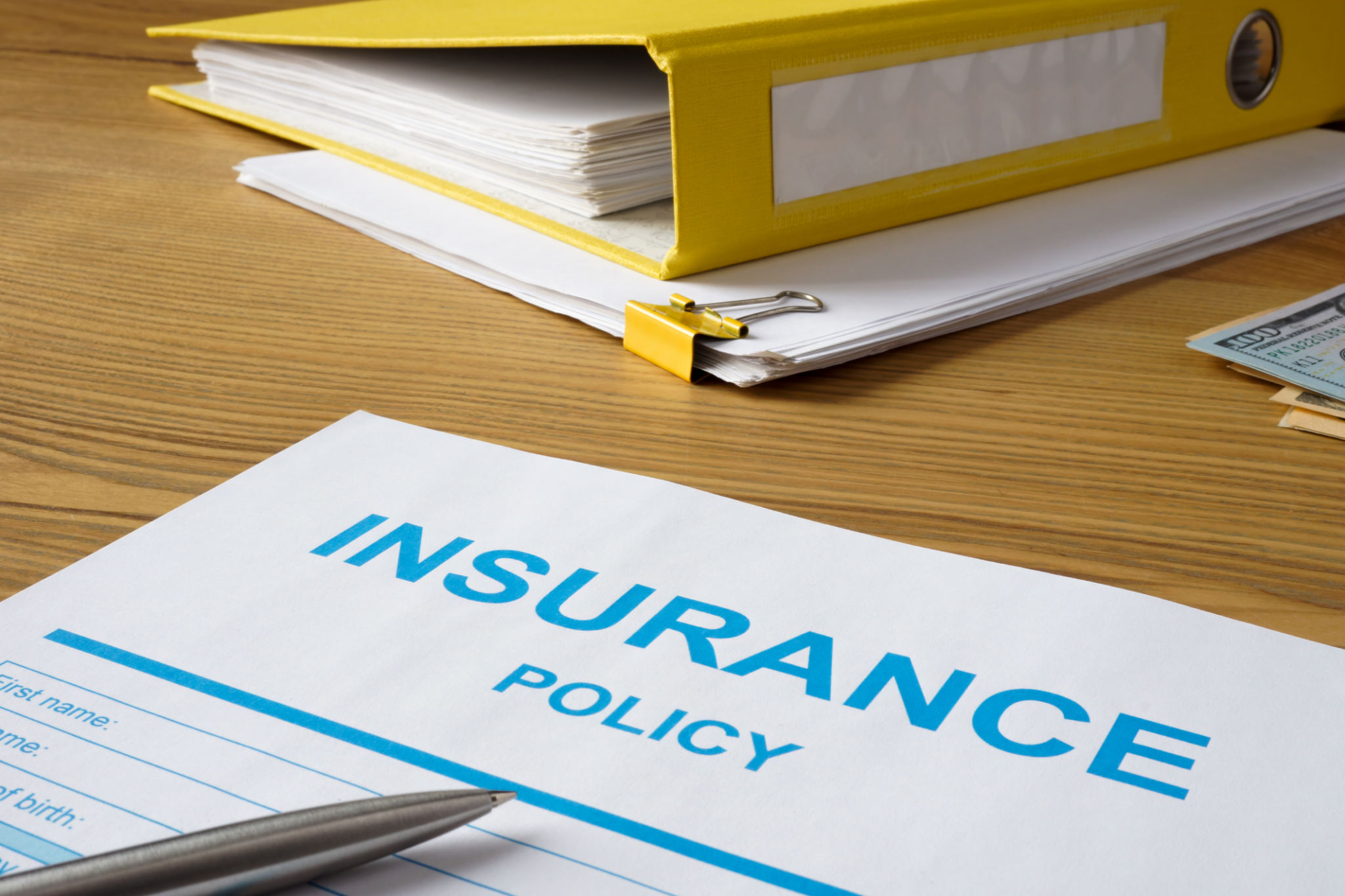Safety and Compliance in Medical Equipment Transport
Introduction
Transporting medical equipment is a critical task that requires meticulous planning and execution. Ensuring safety and compliance during transport is not only a matter of protecting valuable assets but also safeguarding the health and well-being of patients who depend on these devices. In this blog post, we will explore the essential steps and best practices for ensuring safety and compliance in medical equipment transport.
Understanding Regulatory Requirements
One of the first steps in ensuring safety and compliance in medical equipment transport is understanding the regulatory requirements. Different countries and regions have specific guidelines and standards that must be adhered to. For instance, in the United States, the Food and Drug Administration (FDA) sets forth regulations for the transportation of medical devices. Familiarizing yourself with these regulations is crucial to avoid legal issues and penalties.
Documentation and Record-Keeping
Maintaining thorough documentation is a key aspect of compliance. This includes keeping records of the equipment being transported, the condition of the equipment before and after transport, and any incidents that occur during transit. Proper documentation not only ensures compliance but also provides a trail of accountability.

Packaging and Handling
Proper packaging and handling are vital to prevent damage to medical equipment during transport. Medical devices are often sensitive and can be easily damaged if not handled correctly. Use specialized packaging materials designed to protect delicate equipment. Additionally, train your staff on the correct handling procedures to minimize the risk of damage.
Temperature Control
Many medical devices require specific temperature conditions to remain functional. For instance, certain diagnostic equipment and medications must be kept within a specific temperature range. Utilizing temperature-controlled transport solutions, such as refrigerated trucks, can help maintain the integrity of these devices.

Choosing the Right Transport Partner
Selecting a reliable transport partner is crucial for ensuring the safe and compliant transport of medical equipment. Look for transport companies that specialize in medical logistics and have a proven track record. Verify that they have the necessary certifications and adhere to industry standards.
Insurance and Liability
Insurance is another important consideration when transporting medical equipment. Ensure that your the owner (hospital or medical group) has full replacement value (FRV) coverage to protect against potential losses or damages of their medical equipment while stored off site and eventually transported to the facility. This is typically an extension of a current policy or most warehouse partners can provide insurance coverage through their insurer at an additional cost.

Training and Education
Investing in training and education for your staff is essential for maintaining safety and compliance. Regular training sessions on the latest regulations, handling procedures, and emergency protocols can significantly reduce the risk of incidents during transport. Empower your team with the knowledge and skills they need to execute their tasks effectively.
Emergency Preparedness
Despite the best precautions, emergencies can still occur during transport. Having a well-defined emergency response plan can make a significant difference in mitigating the impact of such incidents. Ensure that your team is familiar with the plan and conduct regular drills to keep everyone prepared.
Conclusion
Ensuring safety and compliance in medical equipment transport is a multifaceted process that requires attention to detail and a proactive approach. By understanding regulatory requirements, maintaining proper documentation, using appropriate packaging, choosing the right transport partner, and investing in training, you can significantly reduce the risks associated with transporting medical equipment. Prioritizing these steps will not only protect your assets but also ensure the continued health and safety of the patients who rely on these essential devices.
